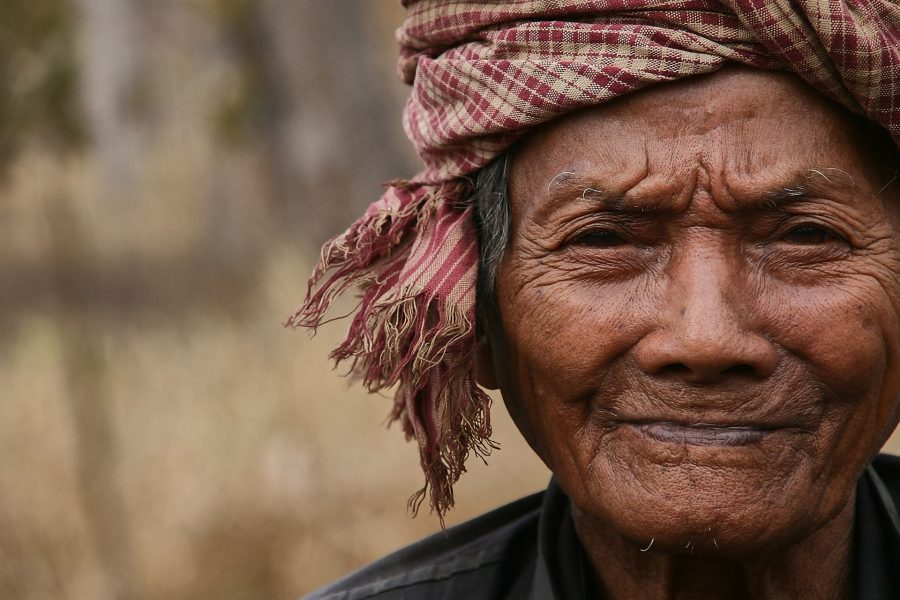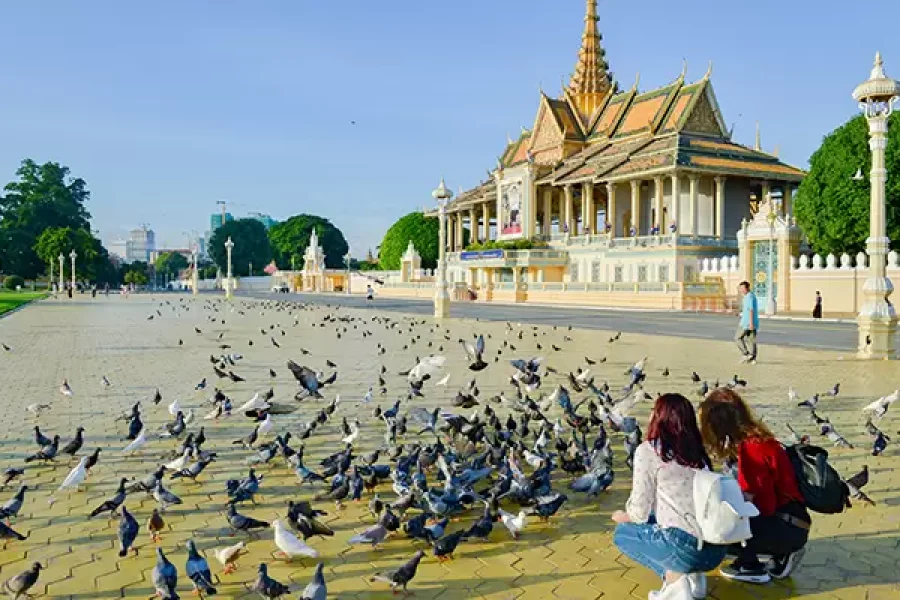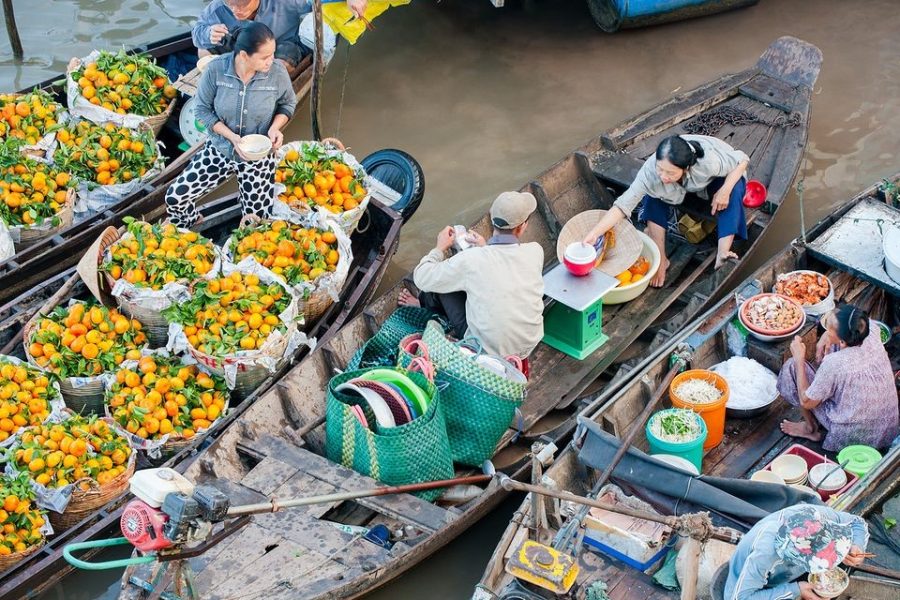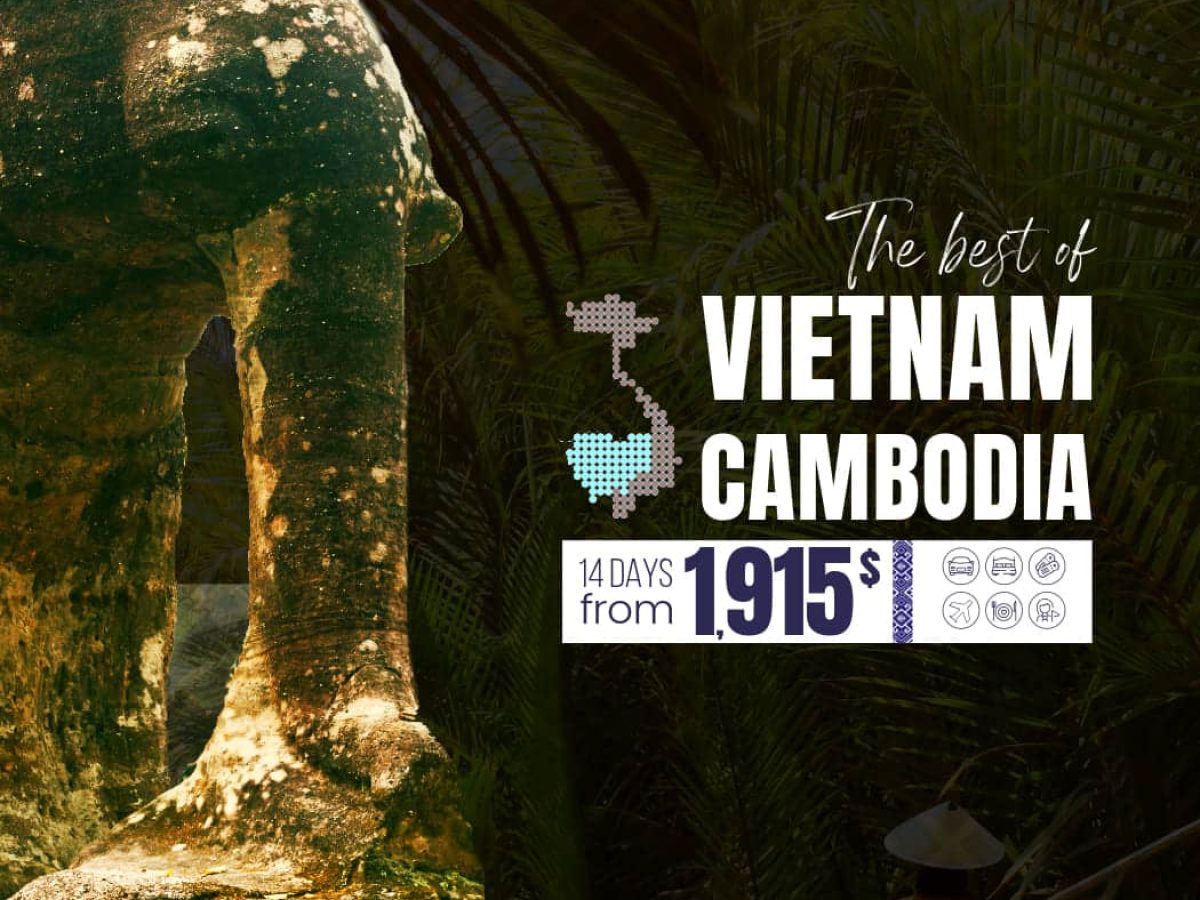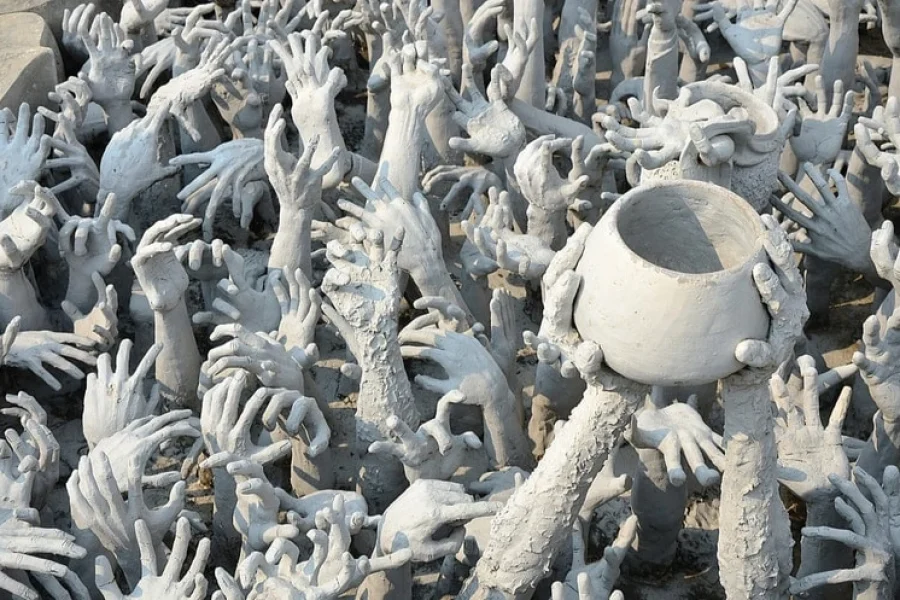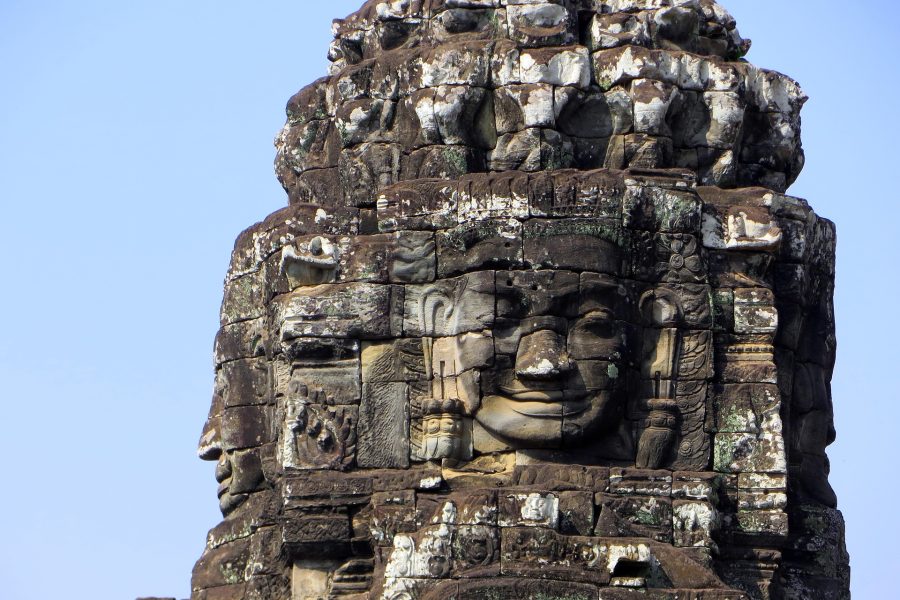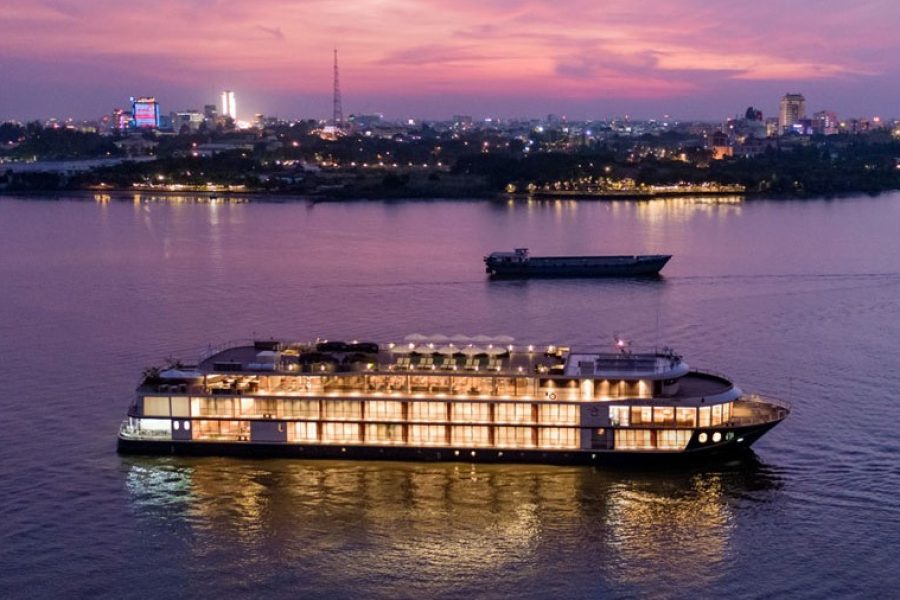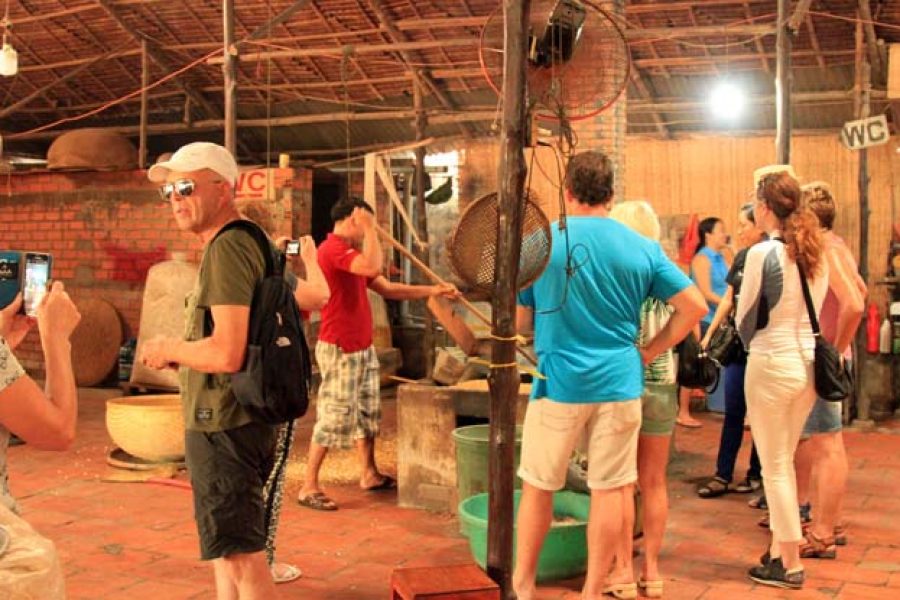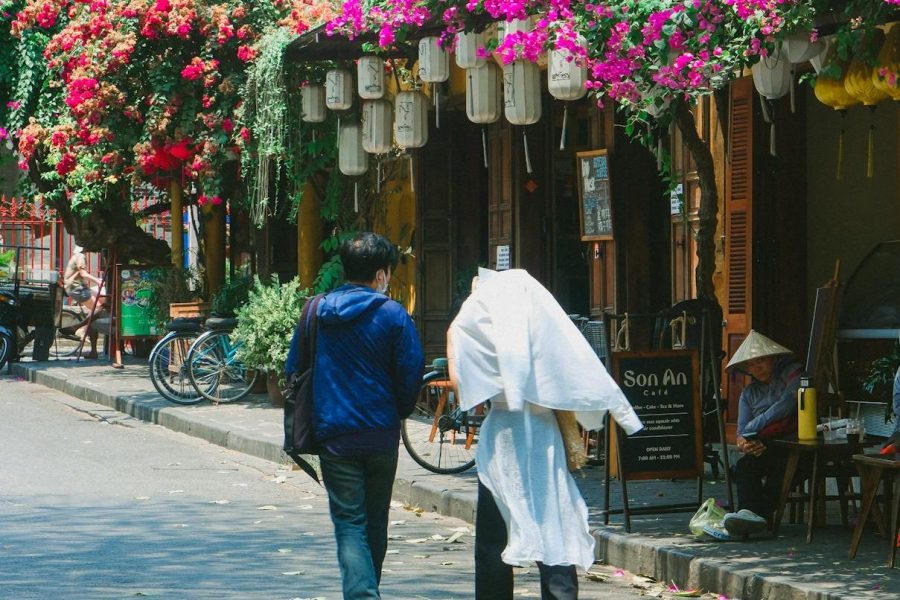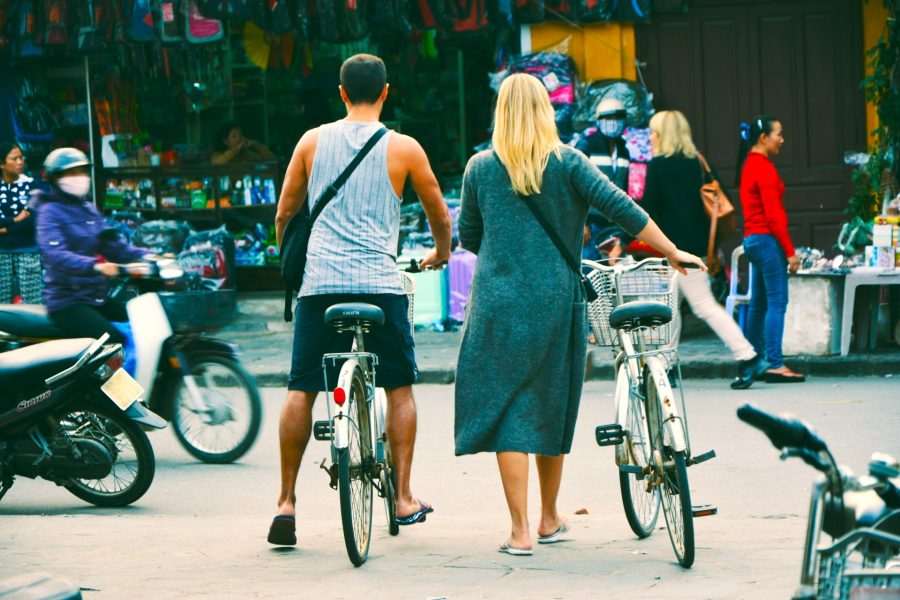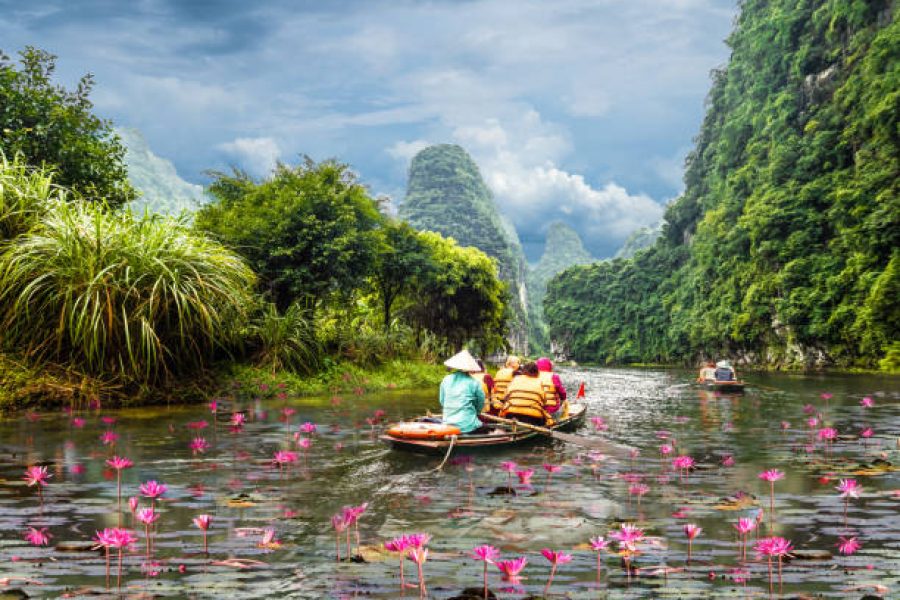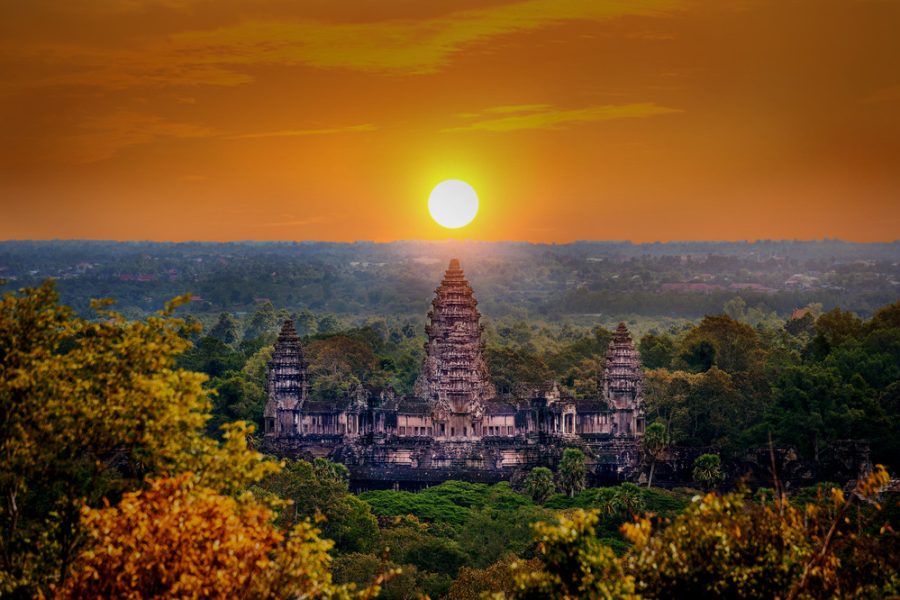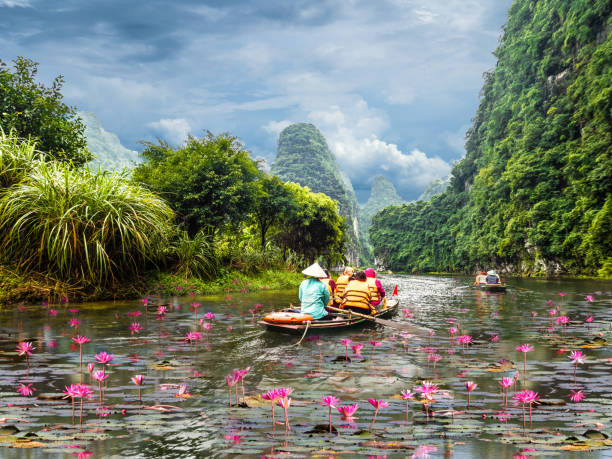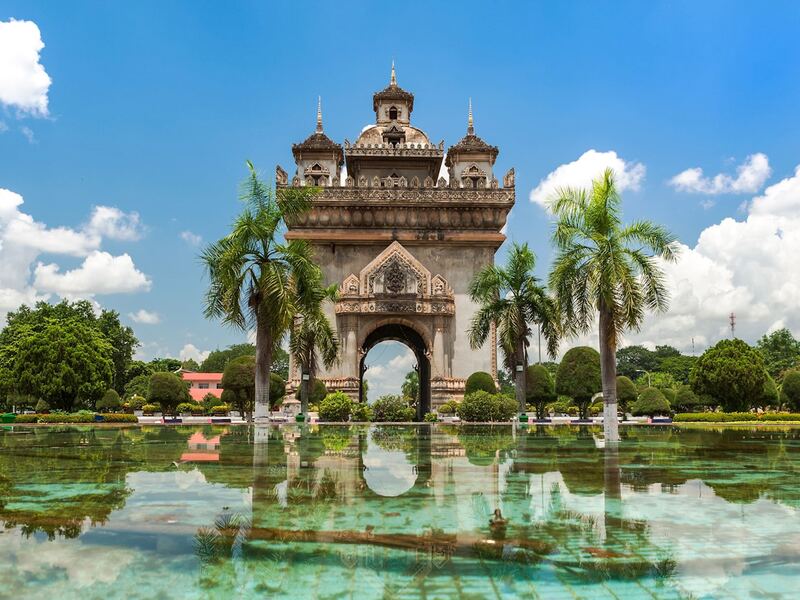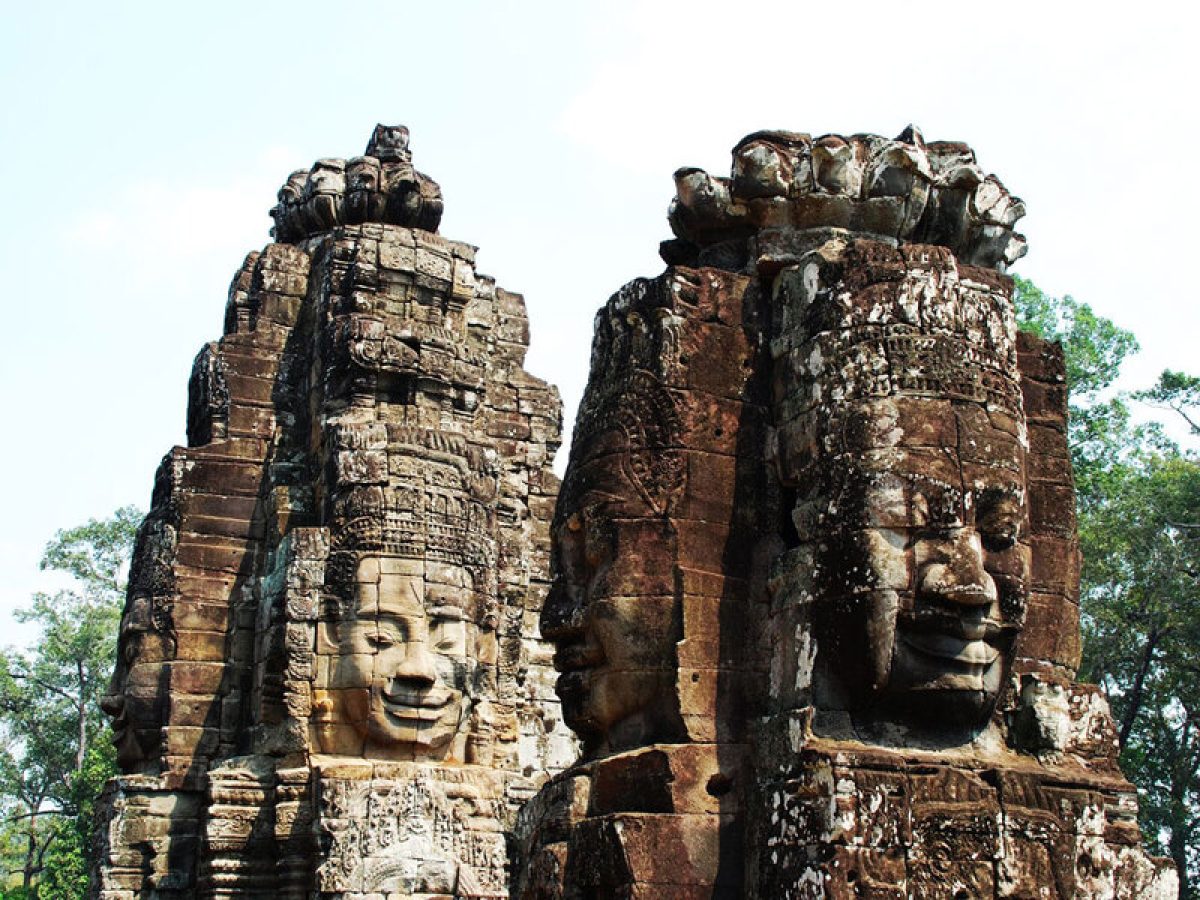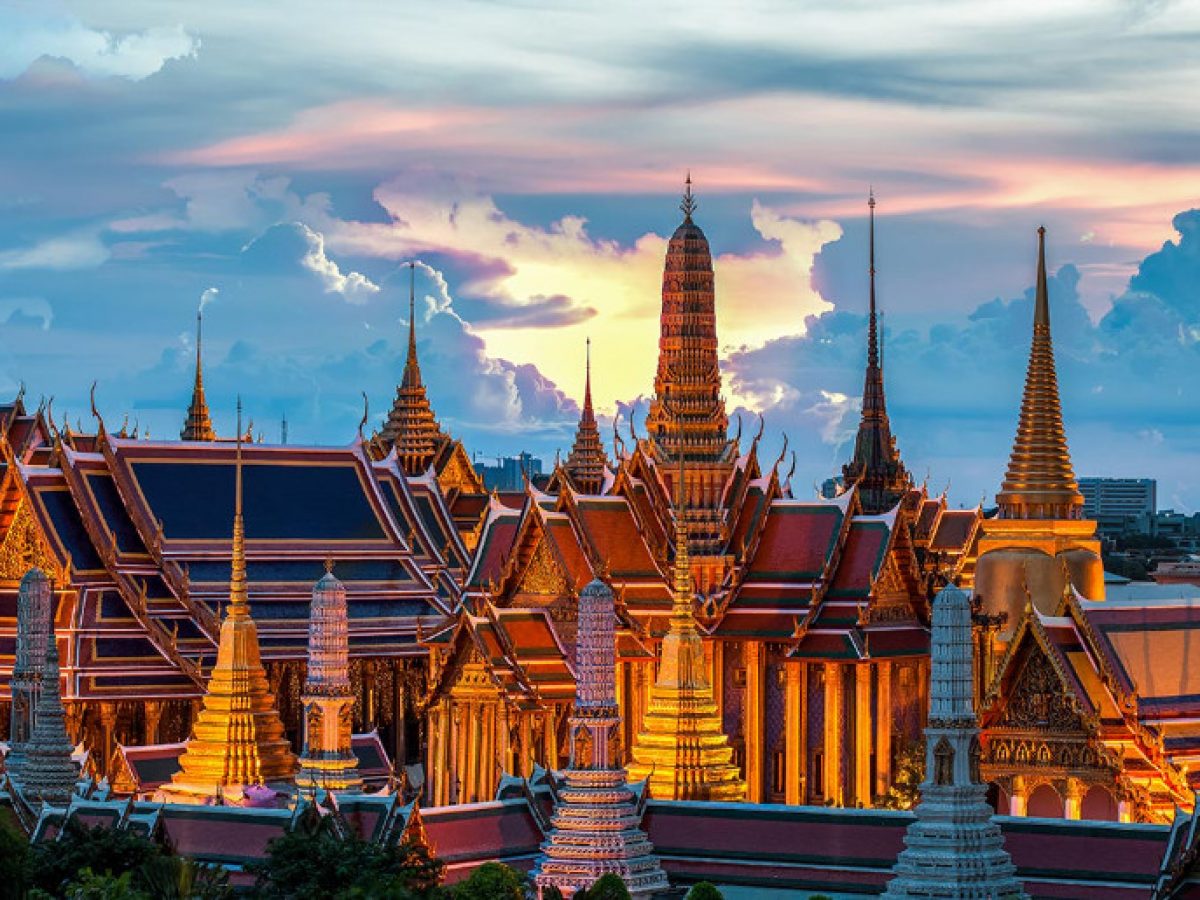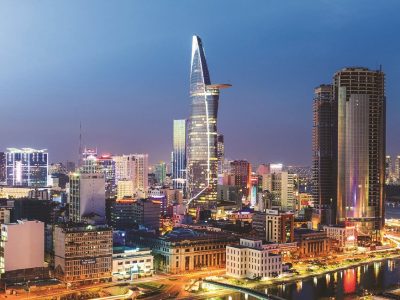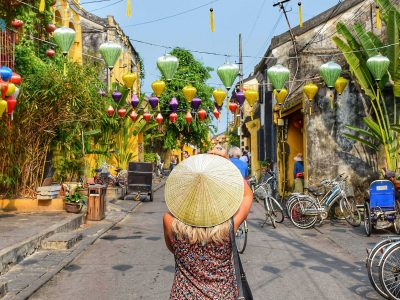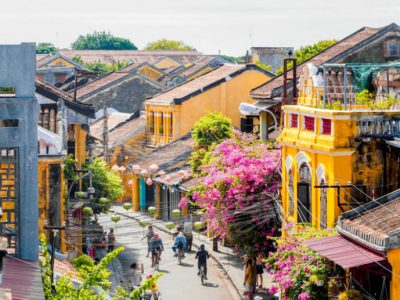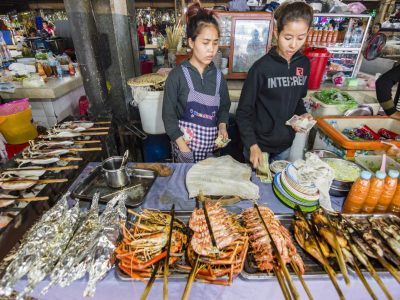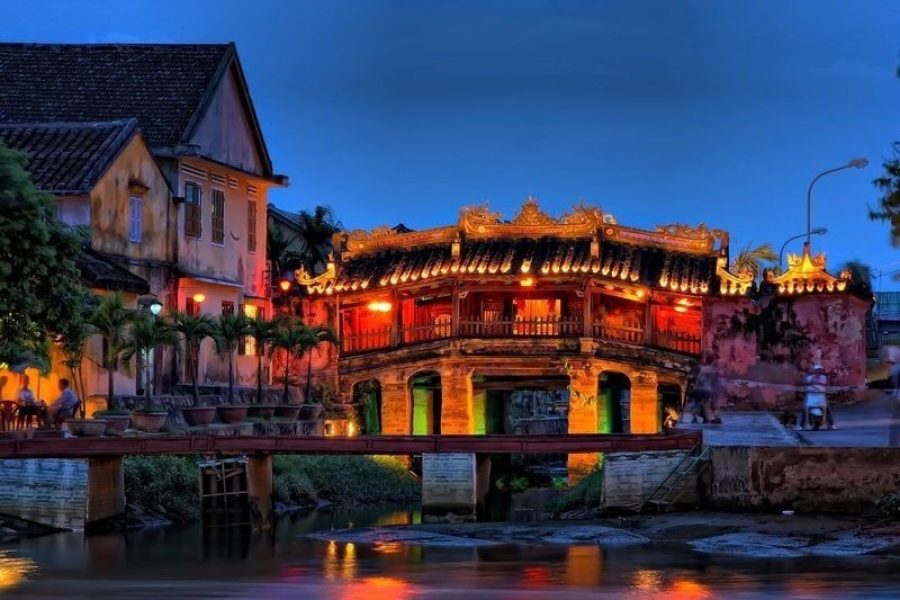Hanoi food tour
Talking about Hanoi’s capital is talking about the land of thousands of years of civilization, in addition to famous destinations such as Sword Lake, Bat Trang pottery village, Hanoi’s old town, commercial centers, etc. You will experience the unique cuisine here.
Hanoi cuisine is known for its delicious traditional dishes with unique and rich flavors that have never disappointed diners everywhere. Hanoi, with its 36 ancient streets, has a variety of delicious food options spread throughout, so everyone can enjoy delicious Hanoi dishes.
When it comes to Hanoi, the first thing will be pho, a dish that has reached the world. In addition, there are many other special dishes such as vermicelli, vermicelli, vermicelli, vermicelli, vermicelli, Thang long fish cake, Hanoi vermicelli, shrimp paste vermicelli, Ho Tay shrimp cake, rib porridge, mussel porridge, cake Thanh Tri rolls, Phu Thuong sticky rice, Vong village nuggets, Phu Do vermicelli, banh chung, Uoc Le spring rolls, etc.
Northwest food tour
Food tourism in the North, especially in the Northwest mountains, always gives visitors new experiences. Northwest cuisine is very diverse and prepared according to the local people’s own recipes. You can try dishes such as buffalo meat guarding the kitchen, Thang Co horse of Lao Cai, pa ping top, Lai Chau’s armpit pig, grilled stone moss, au tau porridge, Bac Me Lam rice from Ha Giang, etc.
The Northwest is also famous for forest bamboo shoots from Vau, cork, bamboo, and apricot. Northwest specialty rices such as Bac Huong Dien Bien rice, Eight Dien Bien rice, Seng Cu rice (Bat Xat Lao Cai), Ta Cu rice (Muong Te Lai Chau), Nuong Dien Bien sticky rice, Tu Le sticky rice…
Hue food tour
Besides discovering the ideal destinations in Hue, you should definitely not miss the culinary experience here. Referring to Hue cuisine, we will immediately think of royal cuisine because of the sophistication in each dish.
For Hue, eating is also one of the arts that Hue people pay great attention to and elaborate on. The dishes in Hue are very carefully prepared and have a very unique taste that can’t be confused anywhere.
Hue cuisine is one of the elements that make up the quintessence of Vietnamese cuisine. Most of the dishes are made from popular ingredients but have a rich and unforgettable aftertaste. The most famous specialty is probably “Bun bo Hue”. Besides, there is also mussel rice served with fish sauce and topping, Hue cakes such as filter cake, Banh Beo, or Hue cake, 36 kinds of Hue royal tea, etc.
Hoi An food tour
Traveling to Hoi An includes discovering and experiencing famous places such as the old town, Cu Lao Cham, Tra Que vegetable village, beautiful beaches, etc. You will experience Hoi An cuisine with Hoi An specialties such as Quang noodles, Cao Lau, chicken rice, wontons, cauldron cakes, wet rolls with grilled meat, etc.
Not only causing memories with ecstatic delicious dishes, the restaurants in Hoi An also make visitors fall in love with their beautiful decoration, professional service, and distinctive space. Restaurants located in the old town often hang old paintings decorated with flower pots, ornamental plants, and fine art objects. Restaurants in Hoi An also have traditional names, inherited from many generations.
Saigon food tour
Saigon is the most developed and busiest city in Vietnam. Saigon cuisine has the influence of many regions and some countries in the world. Saigon is a city that “does not sleep”, You can come here and comfortably eat and play at any time. You can experience Saigon cuisine by eating in clusters such as markets or food alleys such as:
Ben Thanh Market and Ho Thi Ky Market are two places that always attract a large number of diners. Coming to Ben Thanh market, there will be vermicelli, rice vermicelli, sweet tea or sticky rice, and also various kinds of Banh Beo in the Central region. Ho Thi Ky Market is famous for attractive dishes with Cambodian cultural colors such as Cam tea, Num Bo Choc vermicelli, grilled beef spring rolls with lemongrass, etc.
You can also try to experience culinary alleys such as alley 76 Hai Ba Trung, alley 84 Nguyen Du, and alley 284 Le Van Sy to learn more about street food culture. The Japanese Quarter (Le Thanh Ton), the Chinese Quarter (District 5, District 6, District 11), or the Han Quarter (District 7) are the same attractions in Saigon.
In addition, in Saigon, there are hundreds of street stalls, street vendors, and street vendors specializing in Saigon snacks such as mixed rice paper, grilled rice paper, Saigon knock-on noodles, smoothies, etc. It will make you forget the way home because it is surprisingly delicious, cheap, and diverse.





